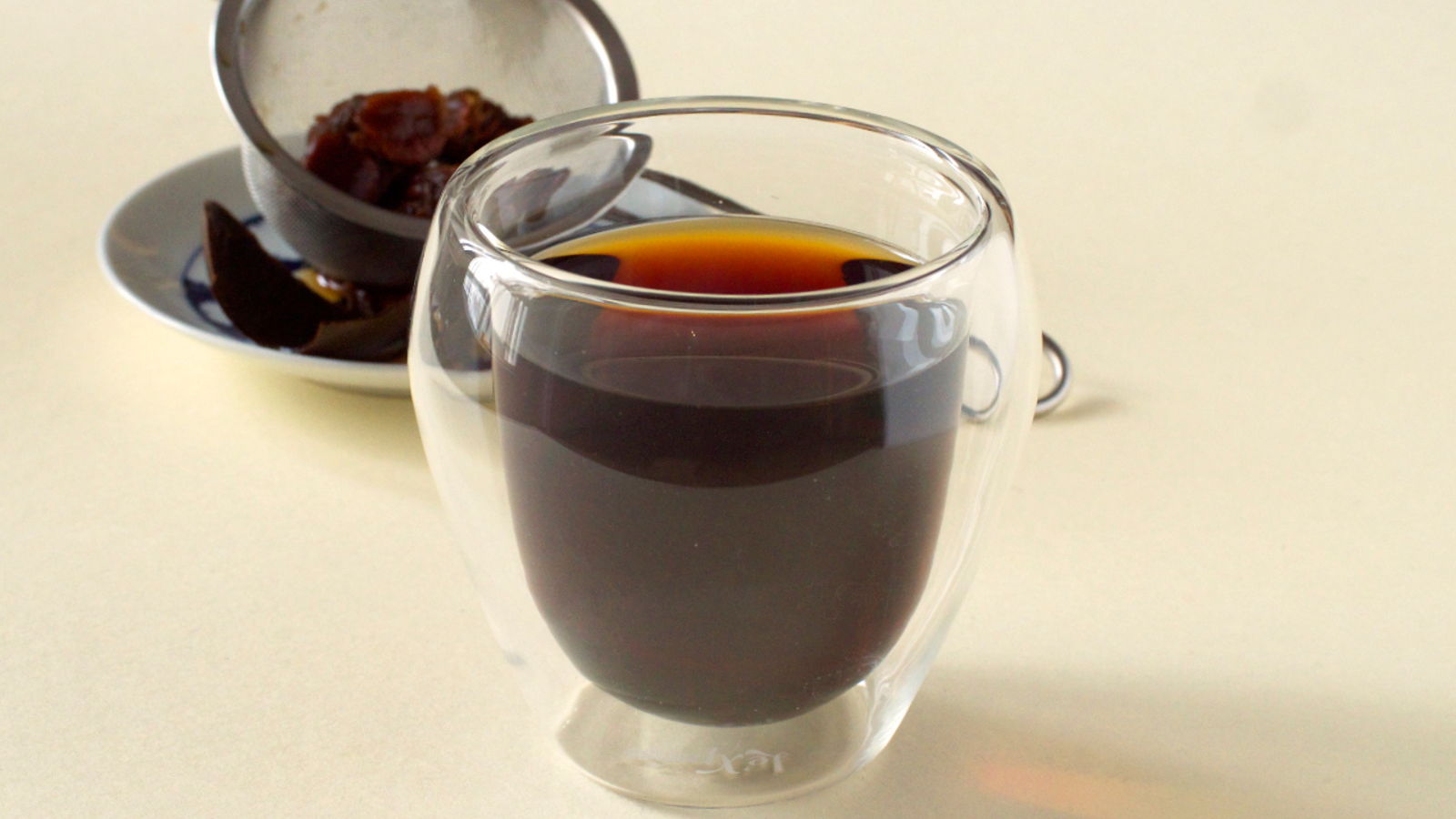A luo han guo tea recipe is a staple in many Chinese households. Also known as monk fruit, it is consumed for its health benefits or when one is unwell. Preparing it is as simple as making a basic cup of black tea. Monk fruit tea is widely sold in herbal shops for its cooling benefits, according to traditional Chinese medicine (TCM) beliefs. It is believed that drinking the tea helps if one is down with sore throat, lung congestion or cough. For those who are unfamiliar with monk fruit, you may be curious to know more about it.
What is monk fruit?
Monk fruit or in Chinese, lou han guo is a fruit native to southern China and northern Thailand. The fruits are harvested from a plant called ‘Siraitia Grosvenorii’. When fresh, they are green in colour but are further processed through drying. As a known longevity aid, both western and eastern parts of the world enjoy using monk fruit for its health benefits and as a natural sweetener.
How to brew monk fruit tea?
Monk fruit has a hard shell. Rinse the fruit thoroughly before pressing into the shell with your hands to break it. Tear the contents of the monk fruit into smaller chunks. You may simply steep the chunks of monk fruit in a jug/pot of boiling water for 15 minutes. However, boiling it as per recipe is the best way to brew the tea to ensure its nutrients are released and the flavour is fully developed. Sugar is usually not required as it is naturally sweet and known to be 300 times sweeter than refined sugar.
Where to get monk fruit?
You can find them in most Chinese herbal shops if you are located in Asia. Otherwise, they can be bought at the Asian grocers. Some grocers may sell processed monk fruits which have added preservatives and sweeteners. It is best to get the whole fruit.
Other ingredients to be added to the tea
According to TCM, monk fruit is deemed as a cooling (yin) ingredient. Adding other TCM ingredients to this tea will highly depend on the effect you would like to achieve. Common ingredients which are usually added to this tea are dried longans, dried chrysanthemum flowers and winter melon strips. Dried longans which contain the yang (heat) properties are added to 'nuetralize' the tea while dried chrysanthemum flowers and winter melon strips are added for a cooling effect.
